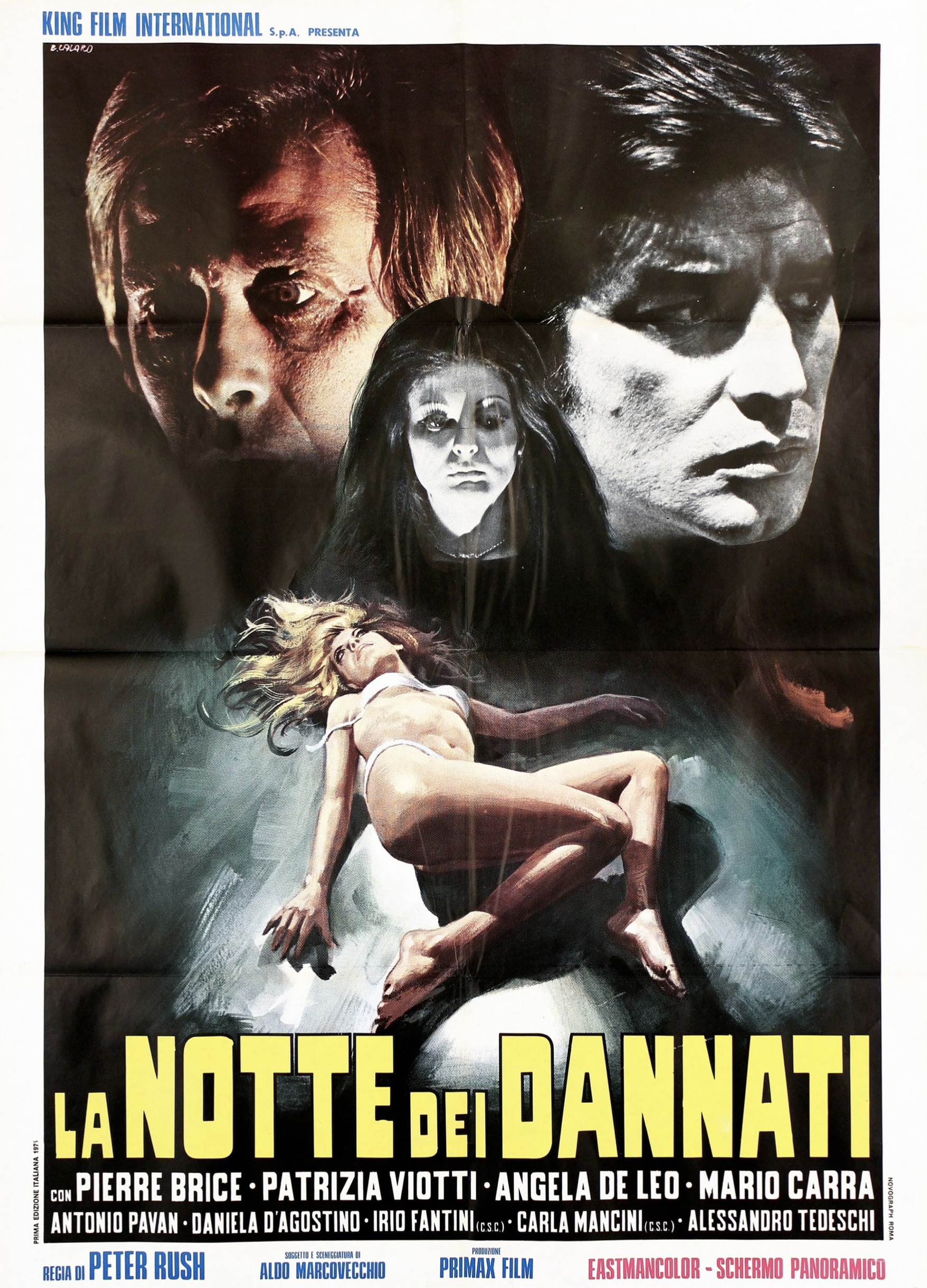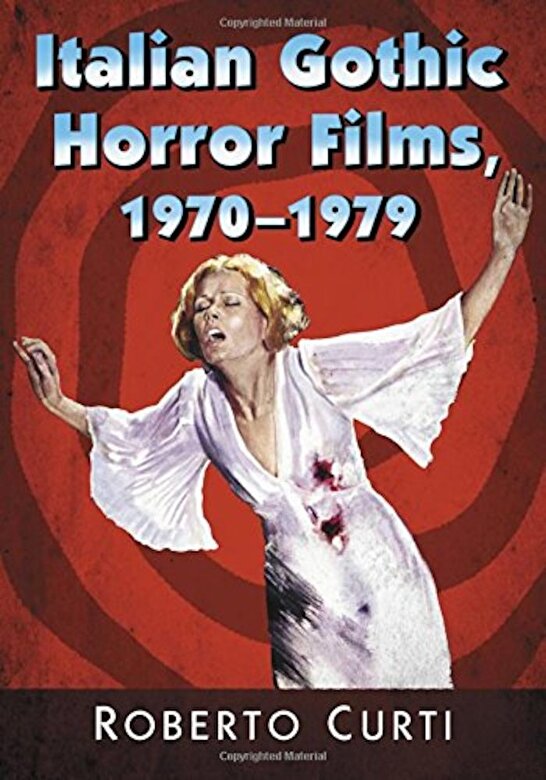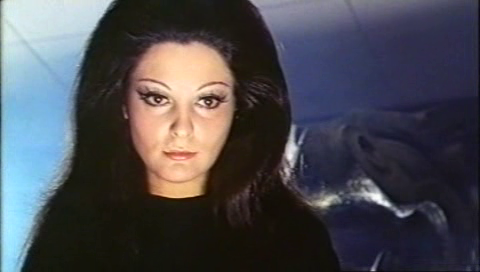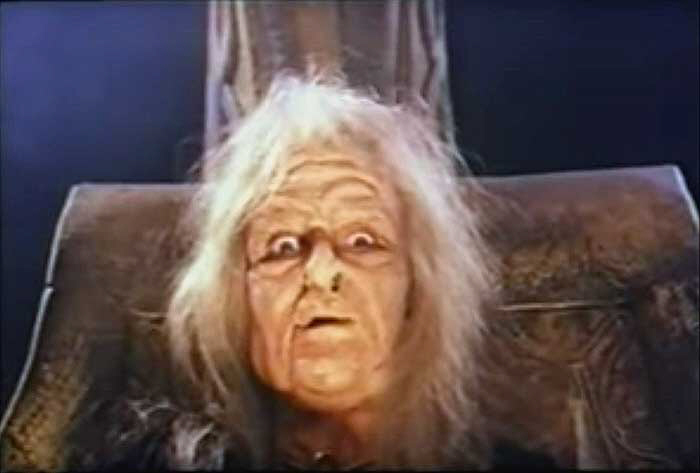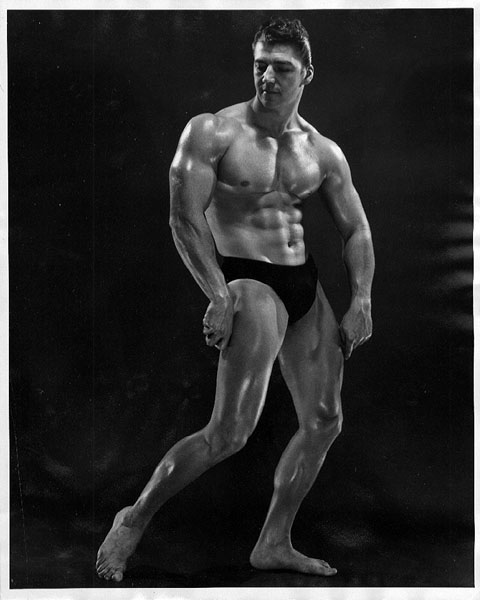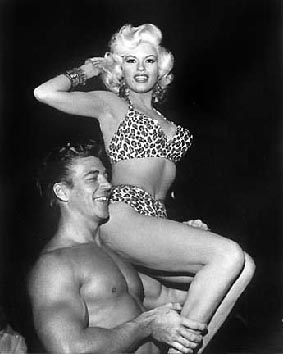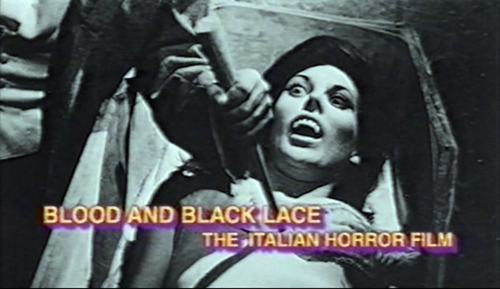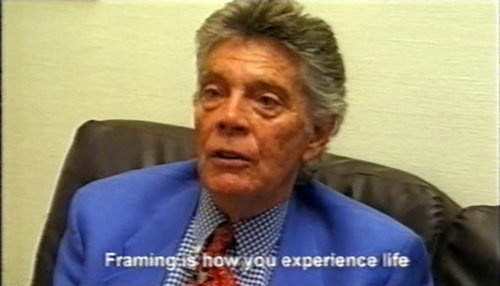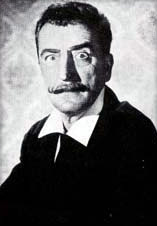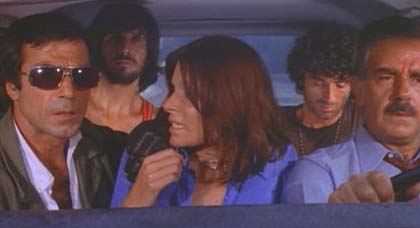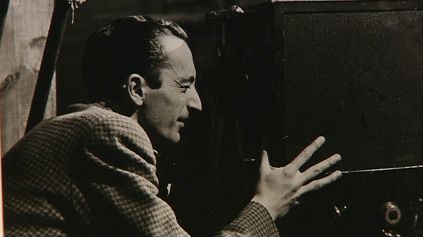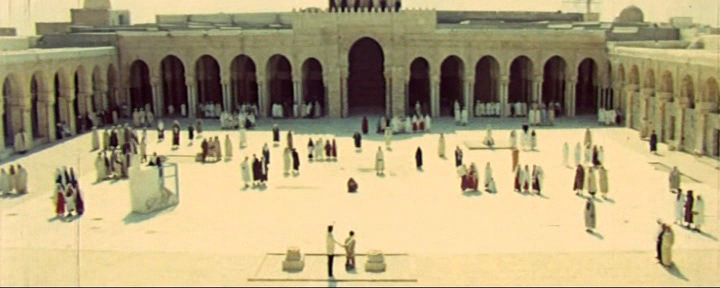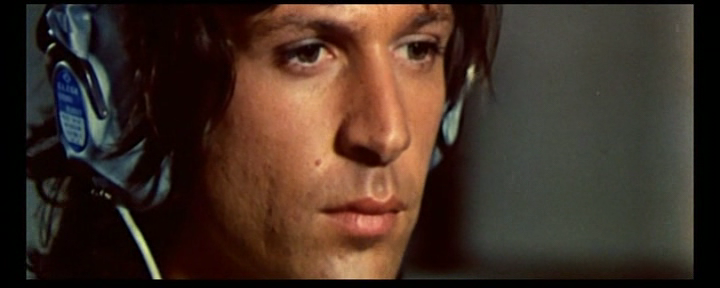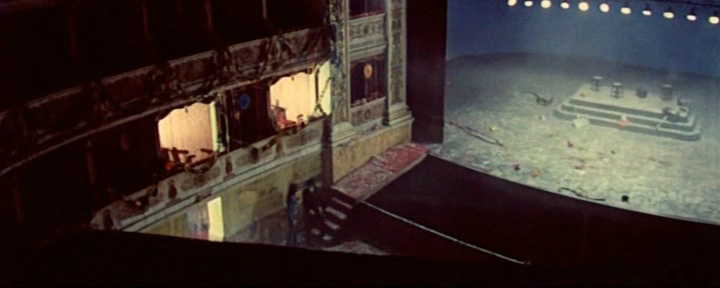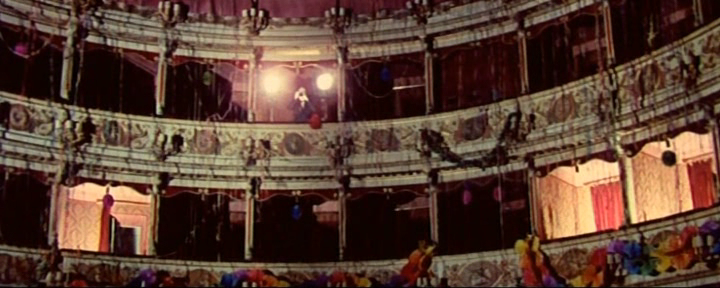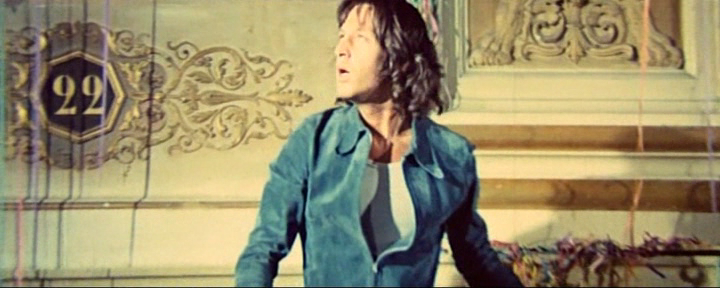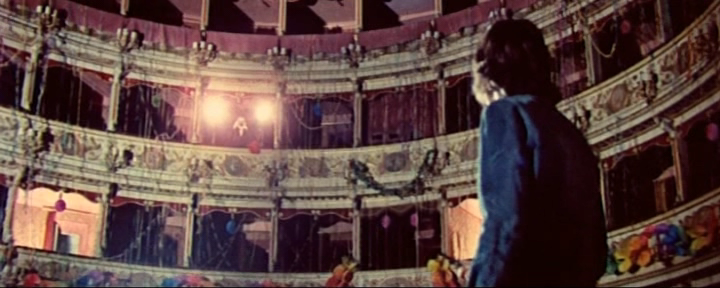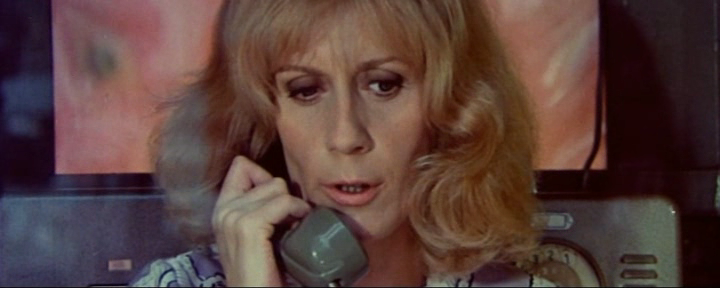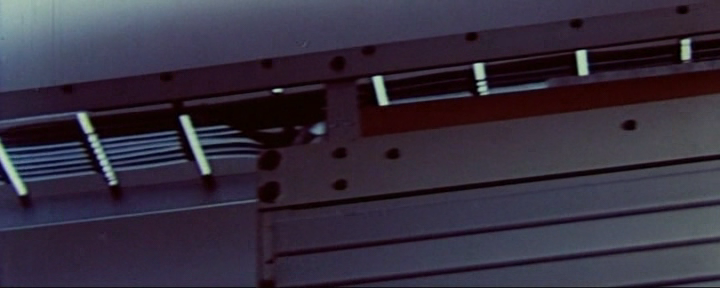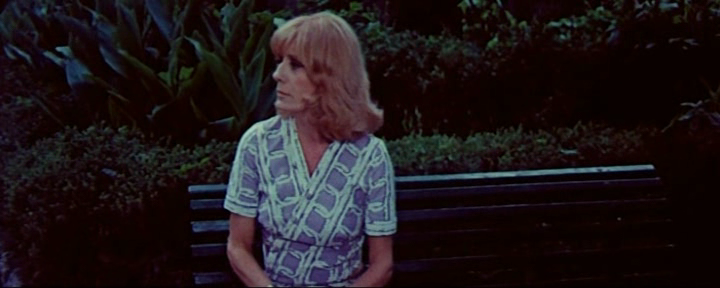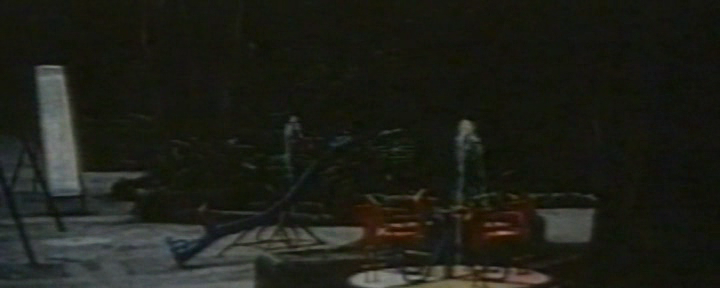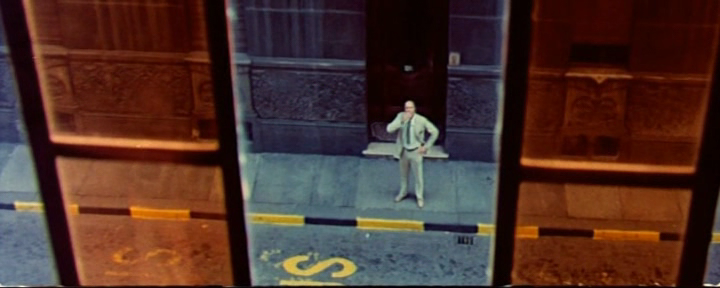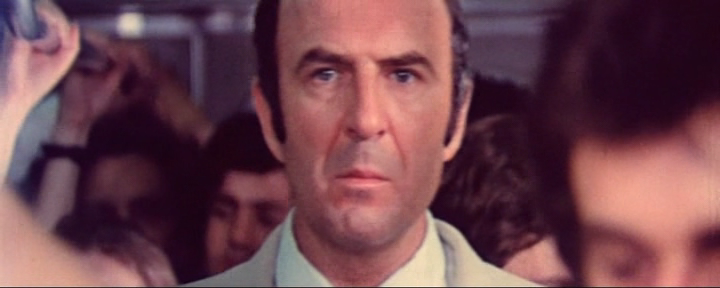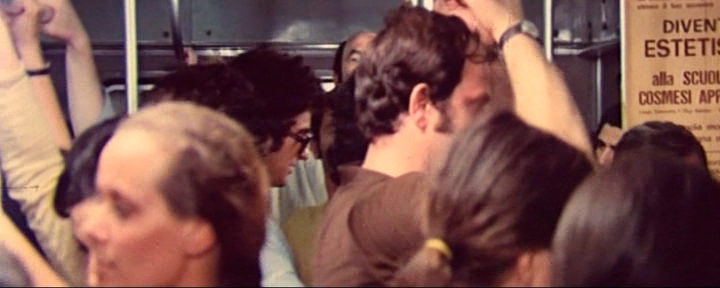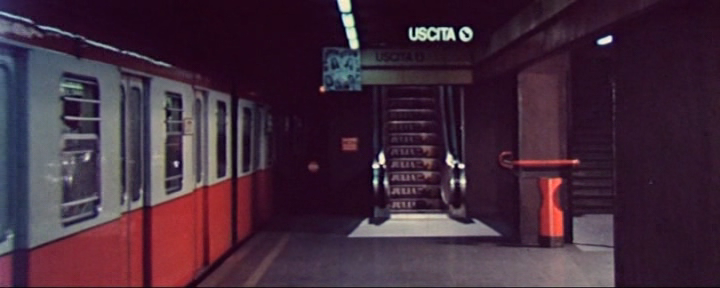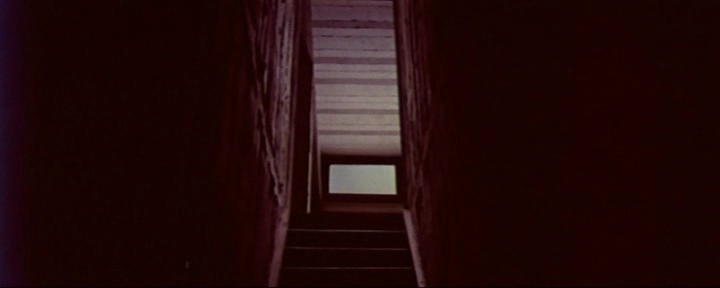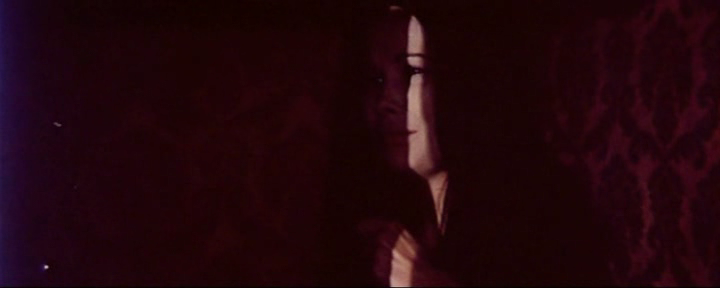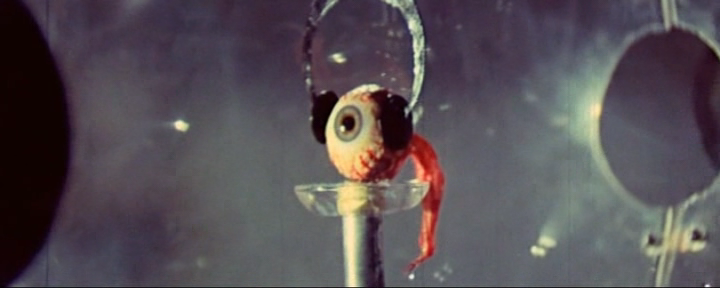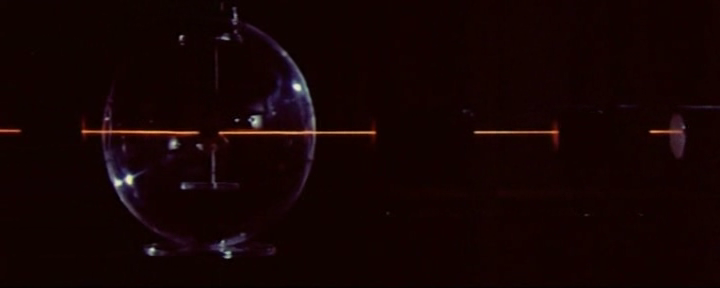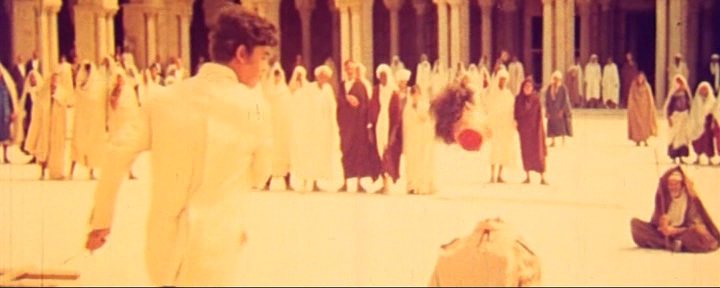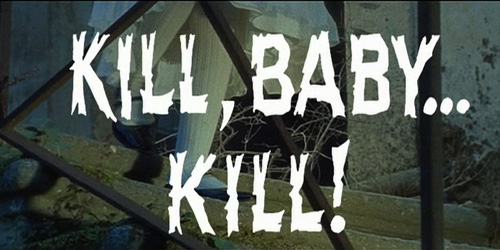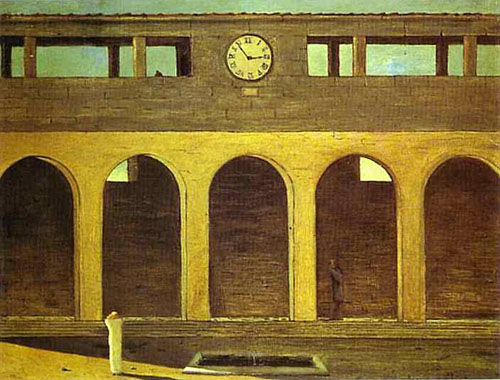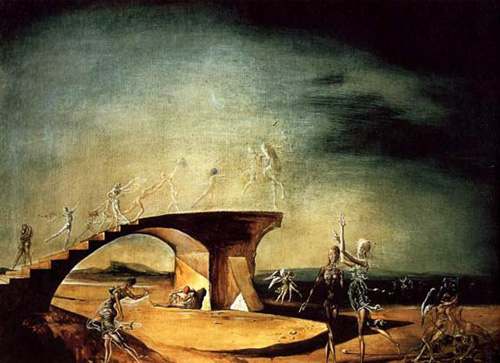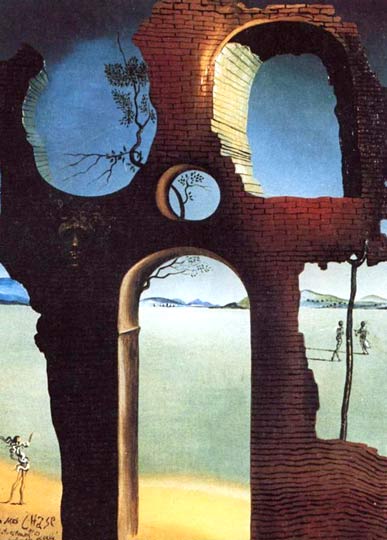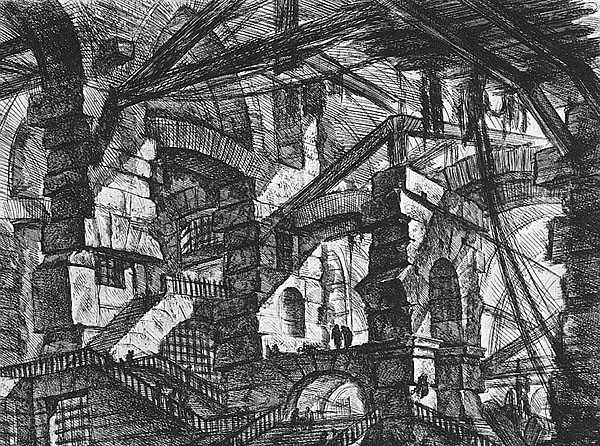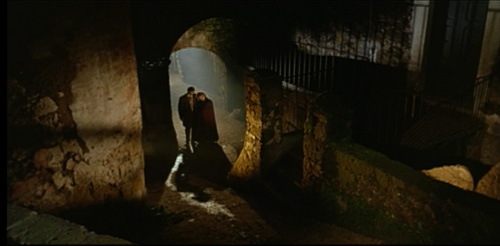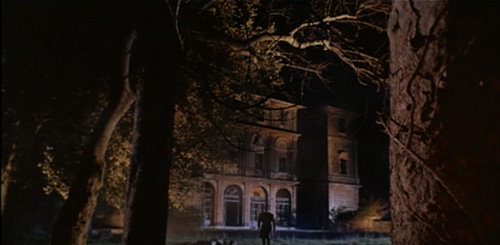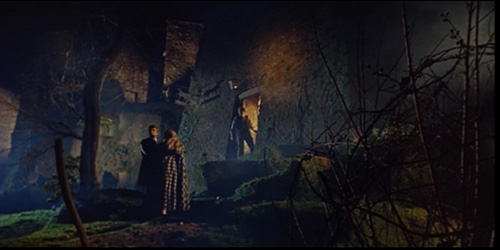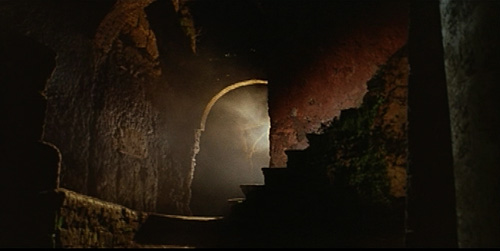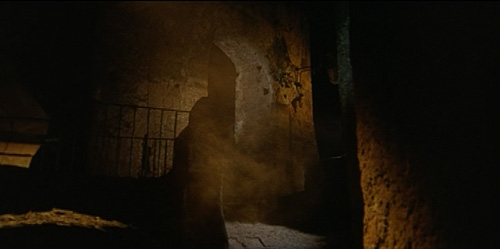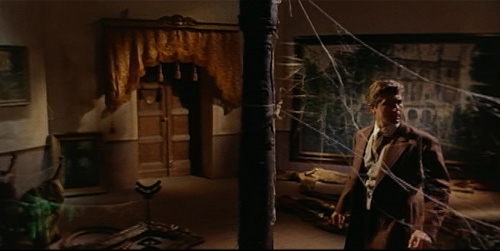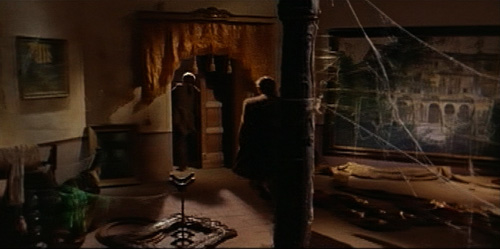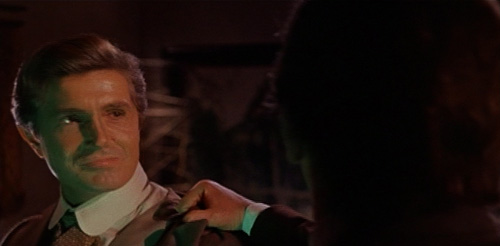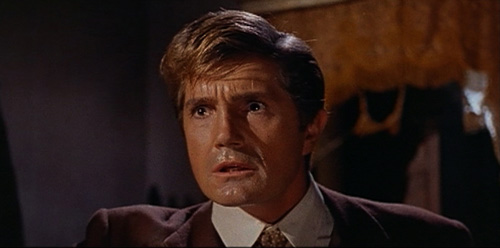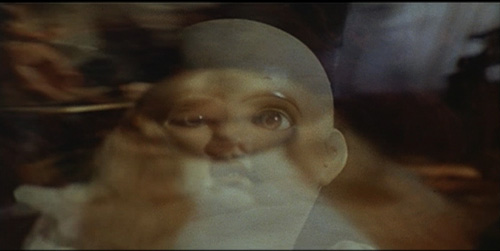The She Beast
Written by Joe D on August 25th, 2025
I’ve always liked this film, it’s not great but considering it was made from almost nothing and it did manage to be distributed here in the USA, in Italy (by CineRiz no less) and in England, I think it can be considered a success. It also features contributions from two of my favorite veterans of the Roger Corman school of filmmaking, Mel Wellrs and Charles B. Griffith.
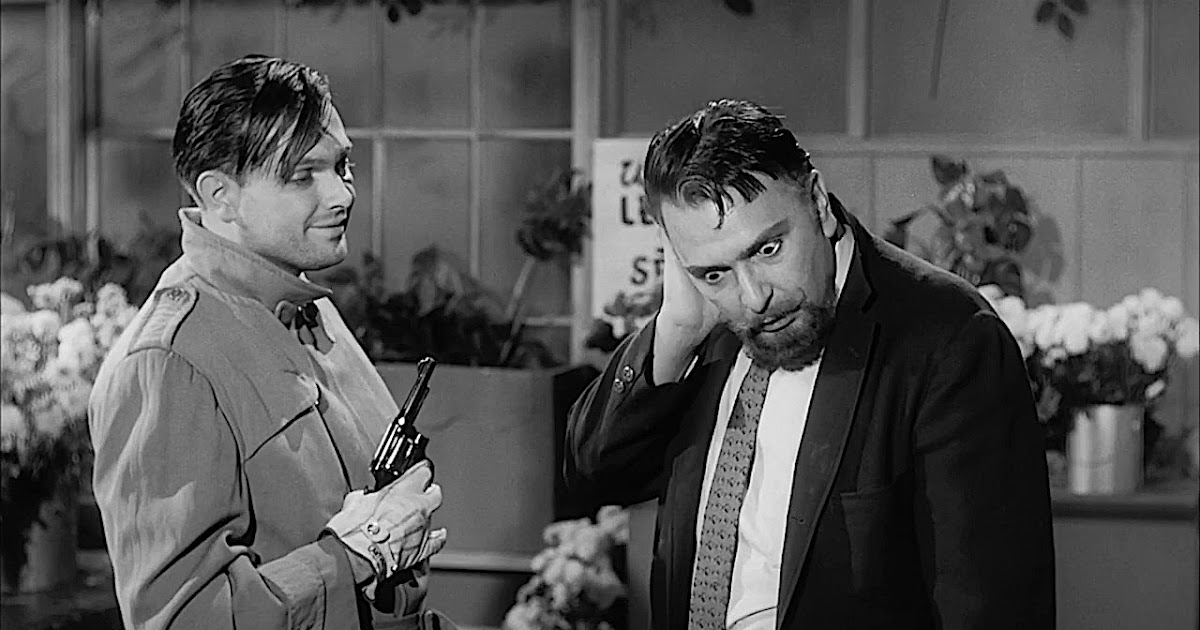
Charles B. Griffith and Mel Welles in The Little Shop Of Horrors
It was directed by Michael Reeves, who would later go on to make Witchfiner General. his masterpiece with Vincent Price. I believe it was released here as The Conqueror Worm. I remember seeing it at a screening at my Catholic Grammer school. the priestd and nuns were shocked and outraged as it features nudity and extreme violence and forced sex! I guess they didn’t screen it before projecting it to us innocent kids.
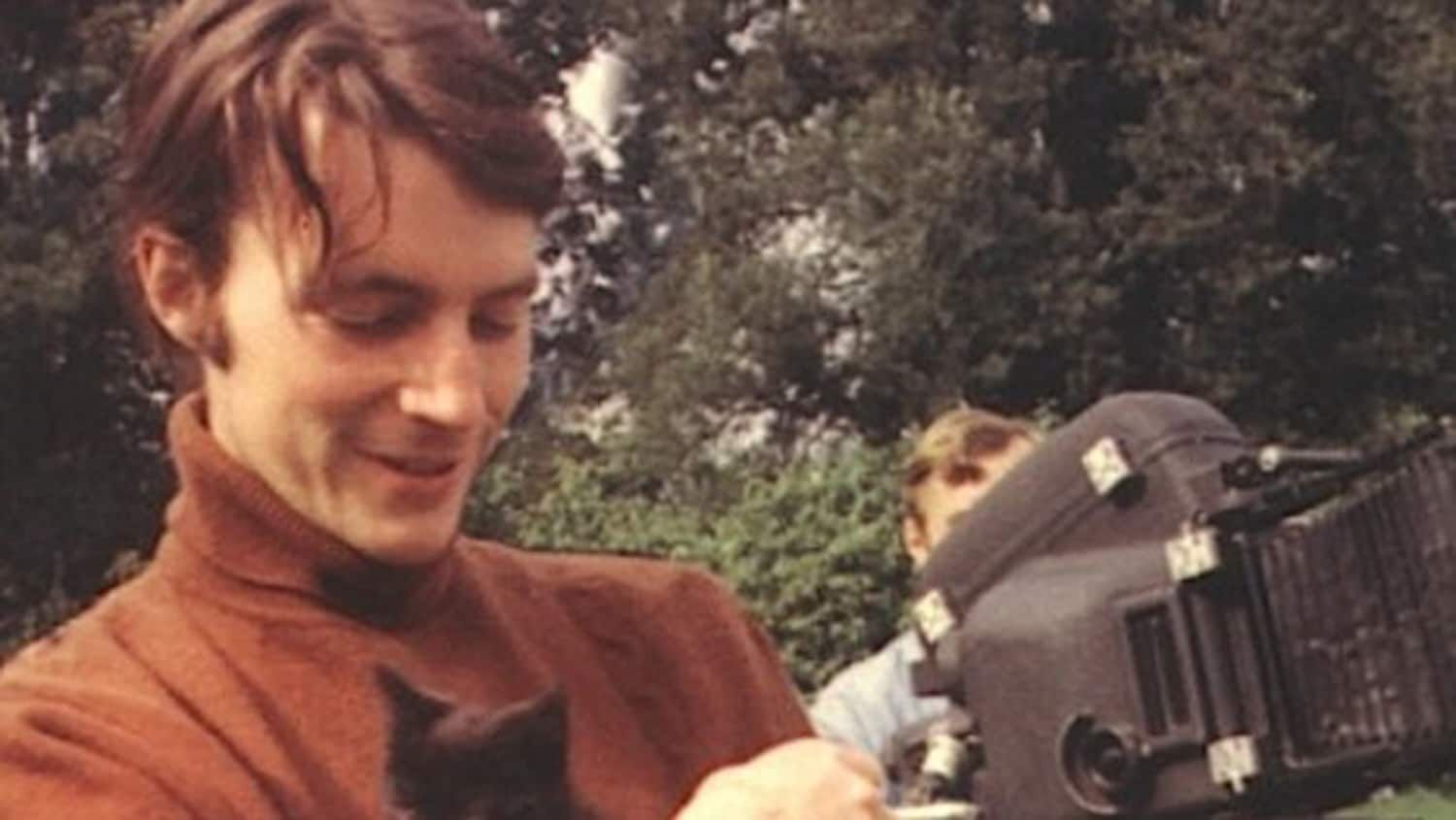
Micheal Reeves with black cat and blimped Arri IIc
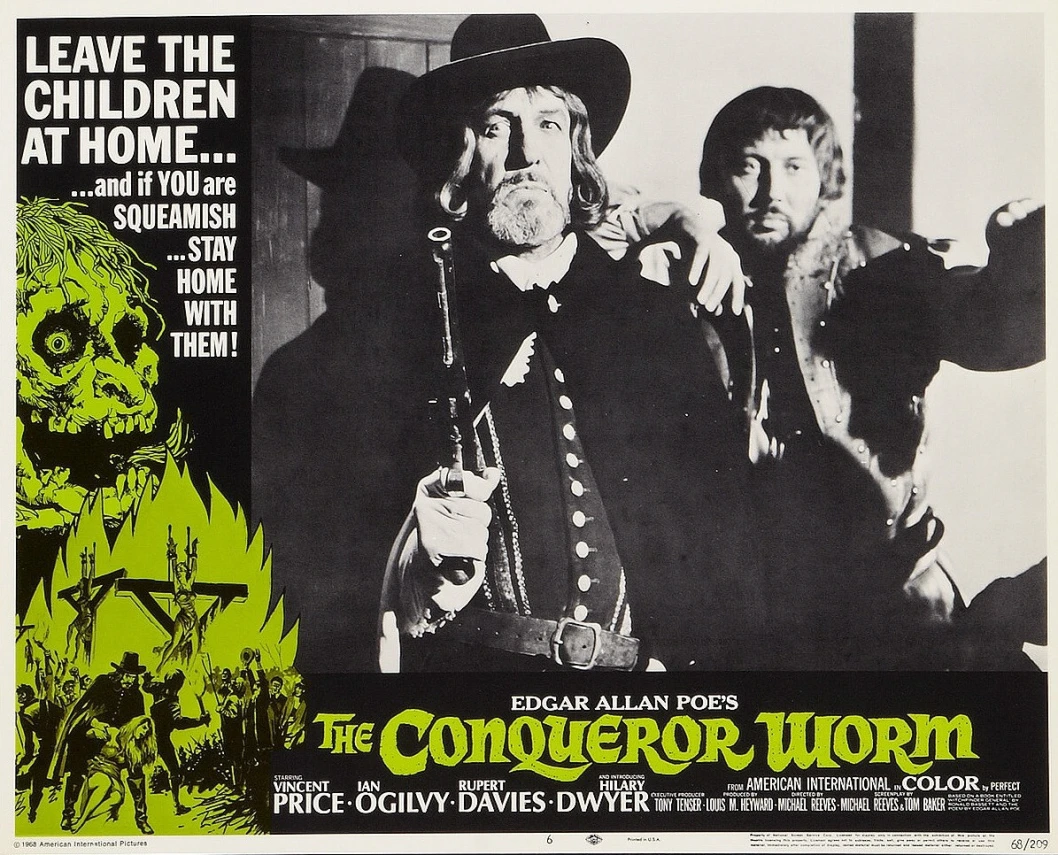
Also the amazing Barbara Steele, who stars in my favorite horror film of all time, Mario Baa’s masterpiece, Black Sunday ( La Maschera del Demonio), if you haen’t seen it check it out! Such an amazing and influential film!

The Amazing Barbara Steele
Anyway there have been complaints about the slapstick elements of She Beast, but what caould you expect if Chuck Griffith and Mel Welles were involved? Griffith almost always made his scripts funny, and he had a hand in writing this film. He also directed the undercranked chase scenes at the end of the film. I think they go on too long but I believe they coul not cut them out or the film would have been too short! As it stands I think it’s like 79 minutes already on the short side. Now here’s a funny thing I noticed, this film came out a year before Polanski’s Fearless Vampire Killers yet the stories are very similar, they are both kind of slapstick, feature an older nutty Professor vampire hunter/ exorcist and a young helper that loves the beautiful damsel in distress and must rescue her, and when they do rescue her both end on a note that says, this is not the end, but the beginning of something worse.
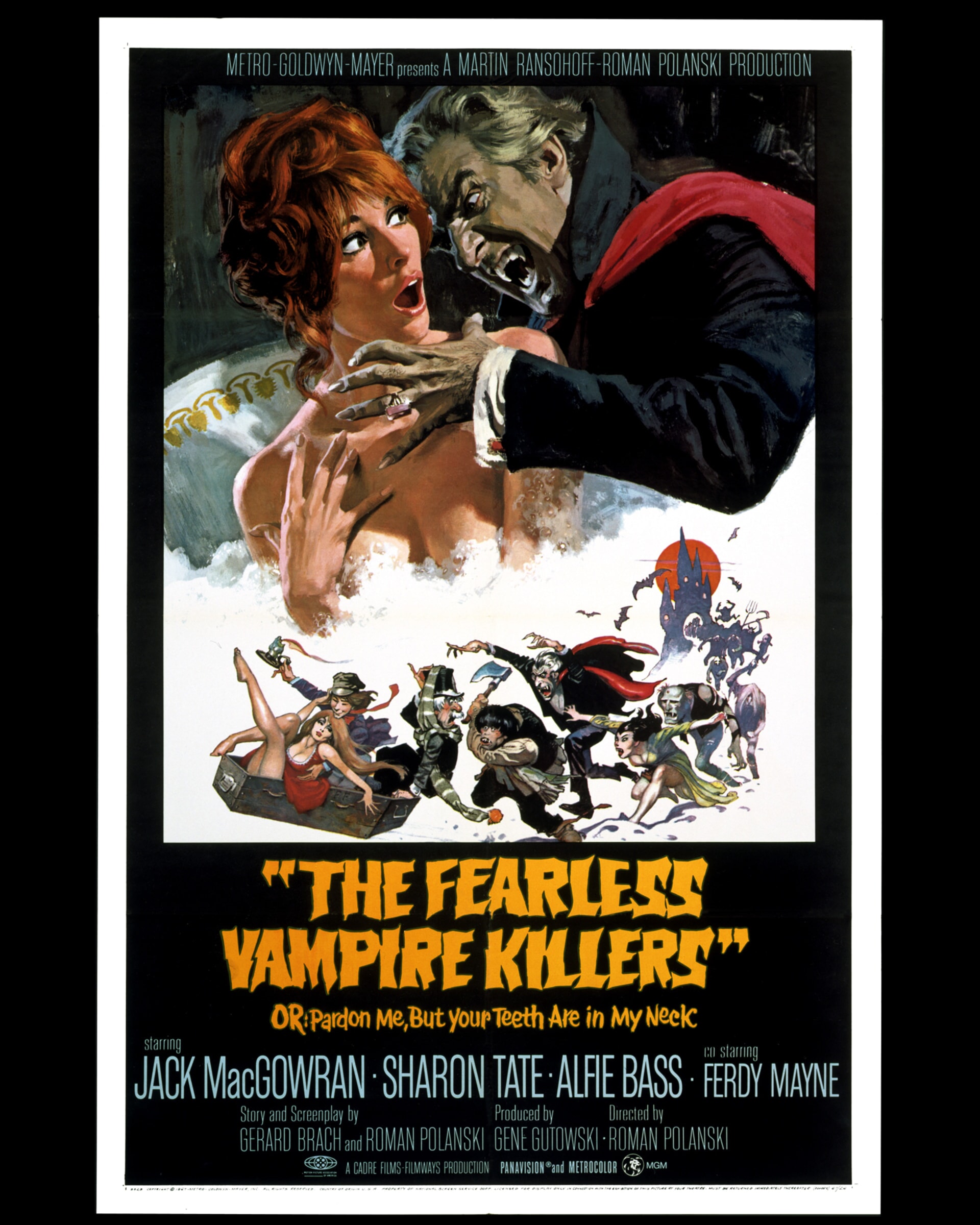
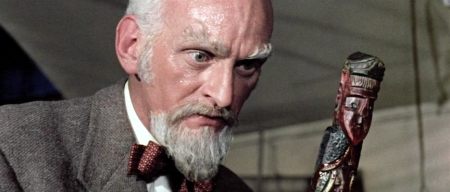

Count Von Helsing- Vampire Hunter-Witch Exorciser
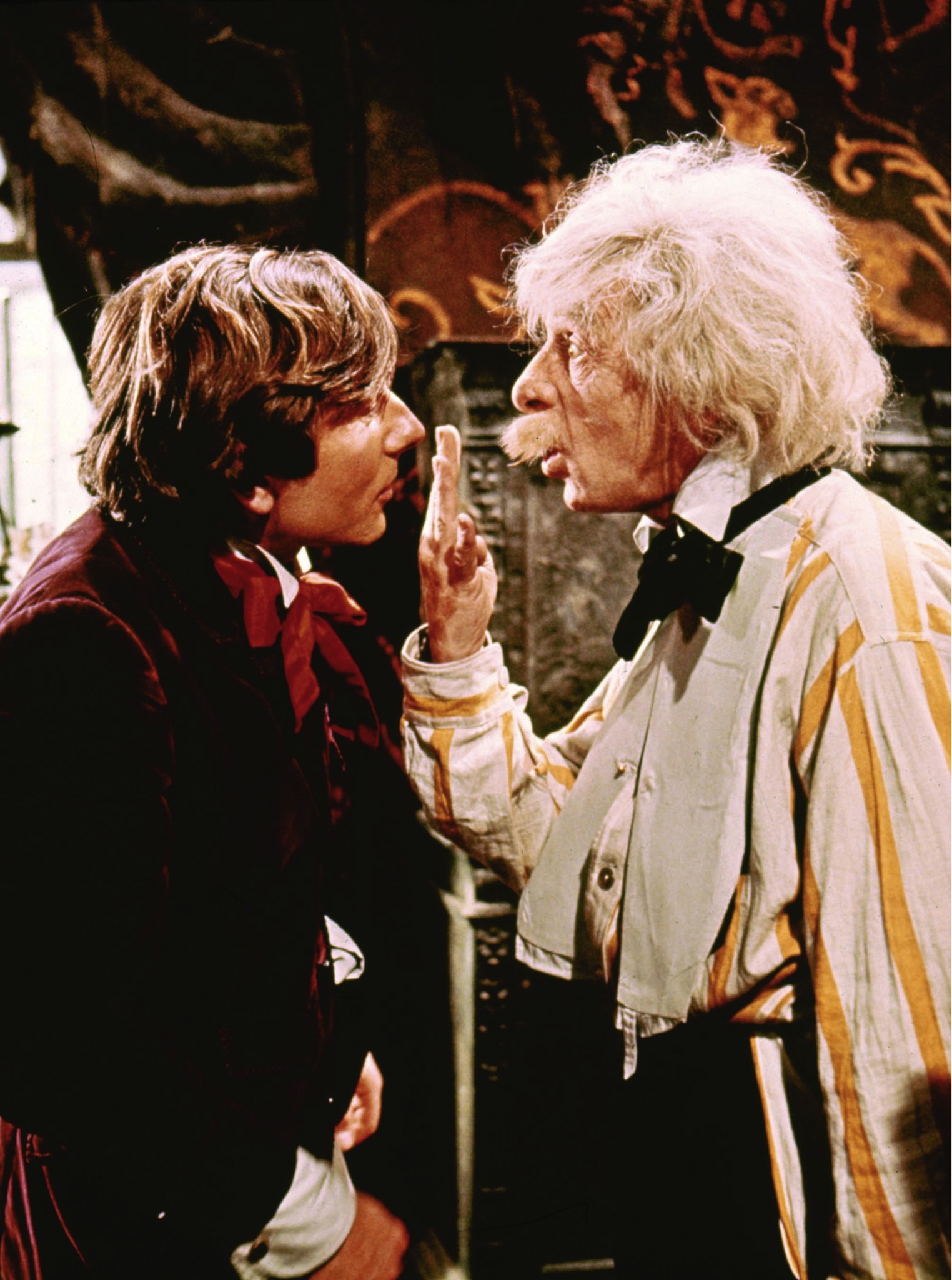
Nutty Professor type from Fearless Vampire Killers
Also I read that Griffith wrote a kind of low budget Dirty Dozen movie years before the Dirty Dozen came out called The Secret Invasion. He was ahead of his time.
I heard a story that the Italian stuntman who played the witch Vardella went into town in full makeup to buy some cigarettes or something causing the townspeople to freak out!

Vardella The Witch

He did look pretty horrific in that make up. I also noticed that two of the young boys in the film had the surname Welles, I assume they were both children of the great Mel Welles,
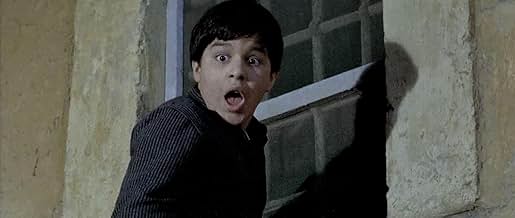
One of Mel Welles’ kids in the movie
Gravis Mushnick of Little Shop of Horrors, an actor I loved since childhood. I later learned he appeared in a film my good friend Bob Downey made called Rented Lips. I didn’t work on that one, but my other friend Bob Yeoman did and he said Mel was very funny and a nice guy.
Finally I read on Wikipedia that Quentin Tarantino dedicated Death Proof to Charles B. Griffith calling him thr “Godfather of redneck cinema. I have an early draft of DeathProof ( I worked on it) and Quentin calls Griffith ” The Poet Laureate of the Drive-In” a much better epithet for the genius of Griffith.

